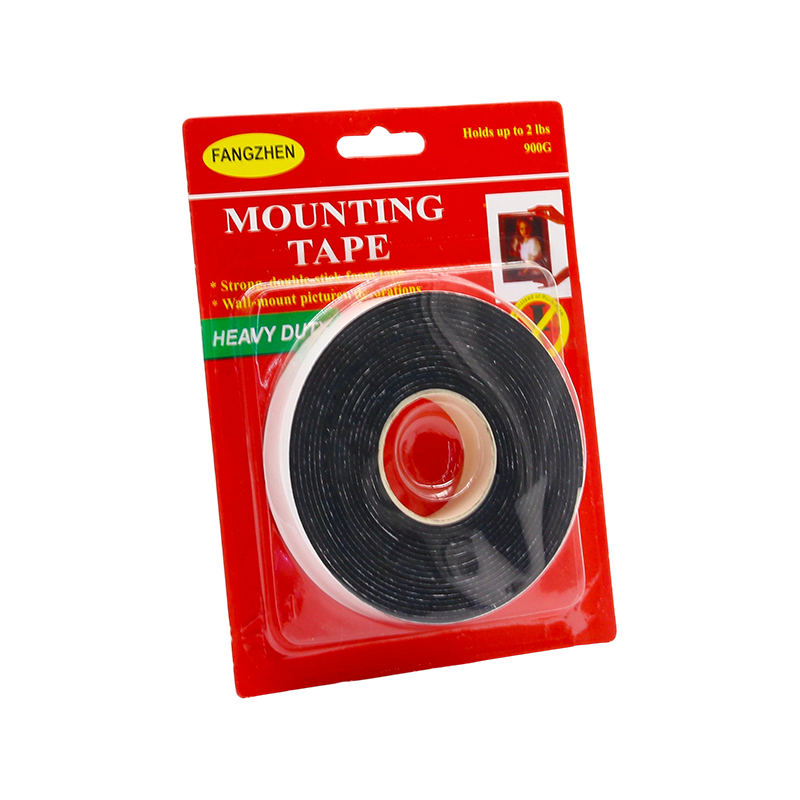Foam Tape Factory Outlook: Growth, Technology and Strategy
Foam Tape Market Size and Factory Impact
The global Foam Tape market is projected to reach over 11 billion USD in 2025, growing at an average annual rate close to 7 percent. For manufacturers, this means rising demand across multiple industries and the need for higher production capacity.
A medium-sized factory currently producing 5 000 tons per year may need to double output in the next decade. Such expansion calls for more efficient machines, better raw-material planning, and updated quality systems. Questions many factory owners now ask include: Is the current production line ready for next-generation foam adhesive technology? and How can automation improve yield stability?

Foam Tape Factory Trends: Raw Materials and Production Technology
The type of resin and foam selected largely determines a product’s performance and cost. Acrylic adhesive holds a leading share because of its balance between bonding strength and durability.
A switch to alternative adhesive systems requires re-engineering mixing, coating, and drying processes. Foam choice also matters. Polyethylene foam tape is popular for general sealing, EVA foam suits cushioning, and silicone foam works well in heat-resistant environments. The market share of tapes below 1 millimeter thickness has grown steadily, driven by electronics assembly and precision mounting. Factories capable of adjusting foam thickness and density can serve more application sectors and improve overall output efficiency.
Foam Tape End-Use Demand and Factory Strategy
Industrial demand mainly comes from automotive, construction, and electronics. Automotive applications, such as trim mounting and vibration damping, account for a significant portion of total usage. Construction markets rely on foam tape for insulation and waterproof sealing, while electronics manufacturers prefer thinner tapes for display assembly.
From a production strategy viewpoint, factory managers often ask: Which application segment provides the best return? Data shows that double-sided foam tapes have expanded faster than single-sided ones, as industries prefer tapes offering dual bonding surfaces and stable performance.
To stay competitive, factories may focus on flexible lines capable of producing both structures. For instance, adjustable coating heads and precision slitting machines enable rapid changeovers between different adhesive systems and thickness levels, improving efficiency across varying order sizes.
Foam Tape Supply Chain and Regional Manufacturing Highlights
Asia-Pacific remains the largest production and consumption region, representing over 40 percent of the global share. The combination of skilled labor, material access, and strong electronics manufacturing supports large-scale foam-tape factories. In contrast, European and North American facilities often emphasize high-value specialty tapes that meet strict environmental standards.
Factory planning now depends on raw-material stability and logistics resilience. Adhesive resin and foam substrates fluctuate in price, affecting cost control. Efficient material procurement and on-site compounding can reduce exposure to supply-chain delays. Some factories have begun integrating vertical production—from foam sheet extrusion to adhesive coating—to improve consistency and lower transportation costs between intermediate stages.
Foam Tape Factory Competition and Future Focus
Competition centers on quality control, adhesive reliability, and customization capability. Leading manufacturers have adopted automated inspection systems that monitor coating uniformity, foam density, and adhesive weight. Precision control not only improves product performance but also reduces waste, supporting sustainability goals.
In conclusion, the future of Foam Tape manufacturing depends on production flexibility, raw-material innovation, and alignment with fast-growing application sectors. Factories that strengthen technical capability and sustainability today will secure a solid advantage in this expanding global market for Foam Tape.


 ENG
ENG
 Español
Español عربى
عربى











